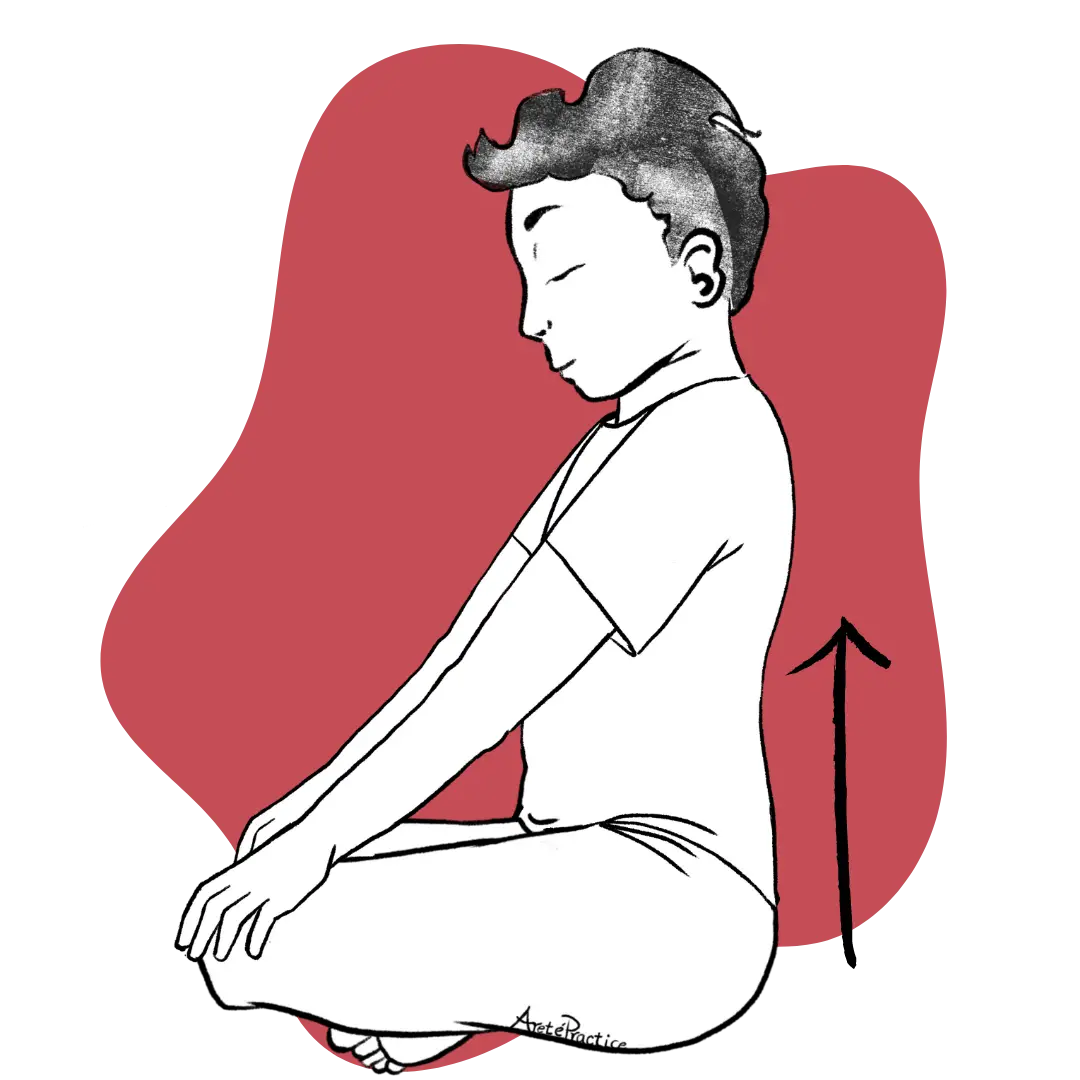Transliteration
Naam niranjan neer naraa-in.
Rasnaa simrat paap bilaa-in.
Naaraa-in sabh maahi nivaas.
Naaraa-in ghat ghat pargaas.
Naaraa-in kahtay narak na jaahi.
Naaraa-in sayv sagal fal paahi.
Naaraa-in man maahi adhaar.
Naaraa-in bohith sansaar.
Naaraa-in kahat jam bhaag palaa-in.
Naaraa-in dant bhaanay daa-in.
Naaraa-in sad sad bakhsind.
Naaraa-in keenay sookh anand.
Naaraa-in pargat keeno partaap.
Naaraa-in sant ko maa-ee baap.
Naaraa-in saadhsang naraa-in.
Baaran baar naraa-in gaa-in.
Basat agochar gur mil lahee.
Naaraa-in ot naanak daas gahee.
Meaning
The Name of the Immaculate Lord is the Ambrosial Water. Chanting it with the tongue, sins are washed away.
The Lord abides in everyone. The Lord illumines each and every heart. Chanting the Lord’s Name, one does not fall into hell. Serving the Lord, all fruitful rewards are obtained.
Within my mind is the Support of the Lord. The Lord is the boat to cross over the world-ocean. Chant the Lord’s Name, and the Messenger of Death will run away. The Lord breaks the teeth of Maya, the witch.
The Lord is forever and ever the Forgiver. The Lord blesses us with peace and bliss. The Lord has revealed His glory. The Lord is the mother and father of His Saint.
The Lord, the Lord, is in the Saadh Sangat, the Company of the Holy. Time and time again, I sing the Lord’s Praises. Meeting with the Guru, I have attained the incomprehensible object.
Slave Nanak has grasped the Support of the Lord.
Effect
The Shabad Narayan was composed by the fifth Sikh Guru, Guru Arjan. Narayan is one of the different names for the Divine. It relates to the quality of water; just as a plant needs water to bloom, chanting Narayan nurtures the Divine Identity within you so that your soul can blossom beautifully and gracefully. The quality of Narayan is restorative, allowing life to begin anew, abundant, and green. It also protects you from death, as the Siri Guru Granth Sahib states that if you recite it, death cannot come near. Chanting this Shabad restores everything lost and brings abundance to life.
